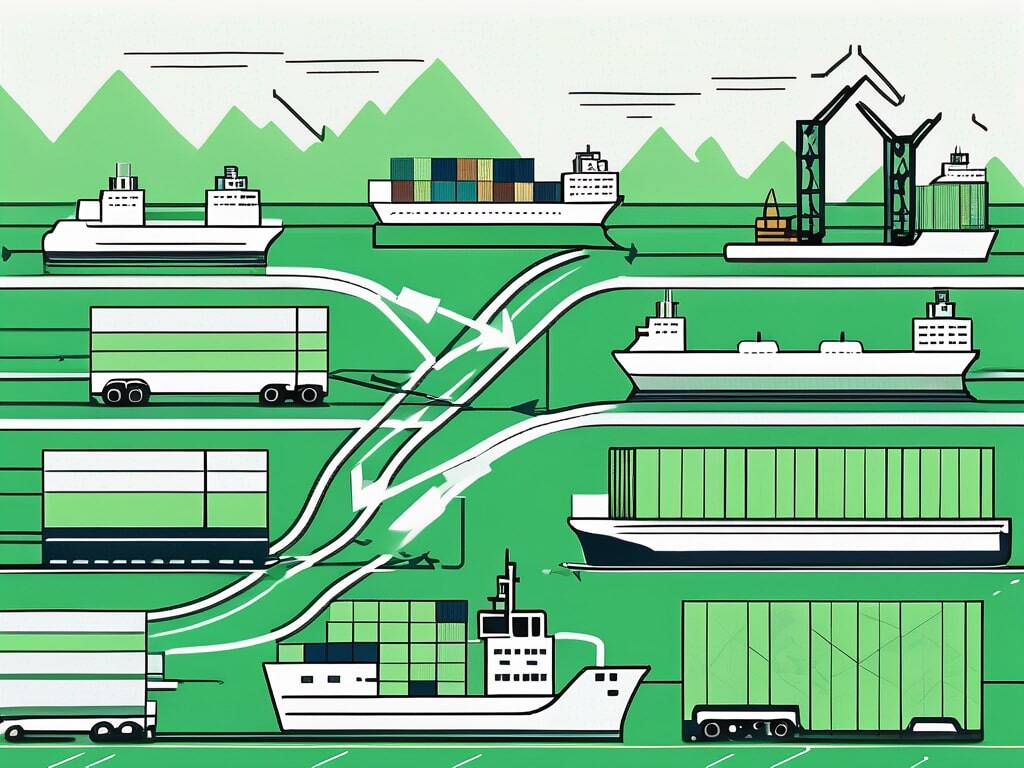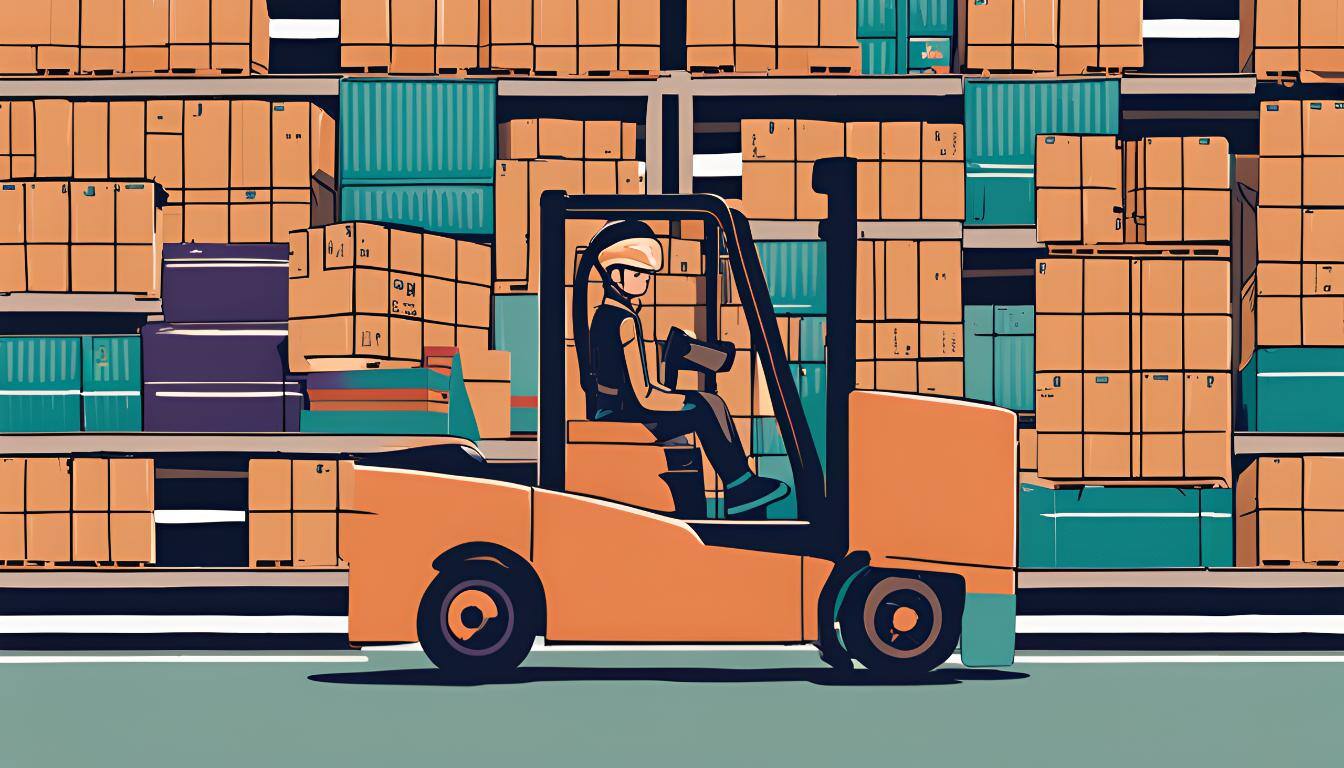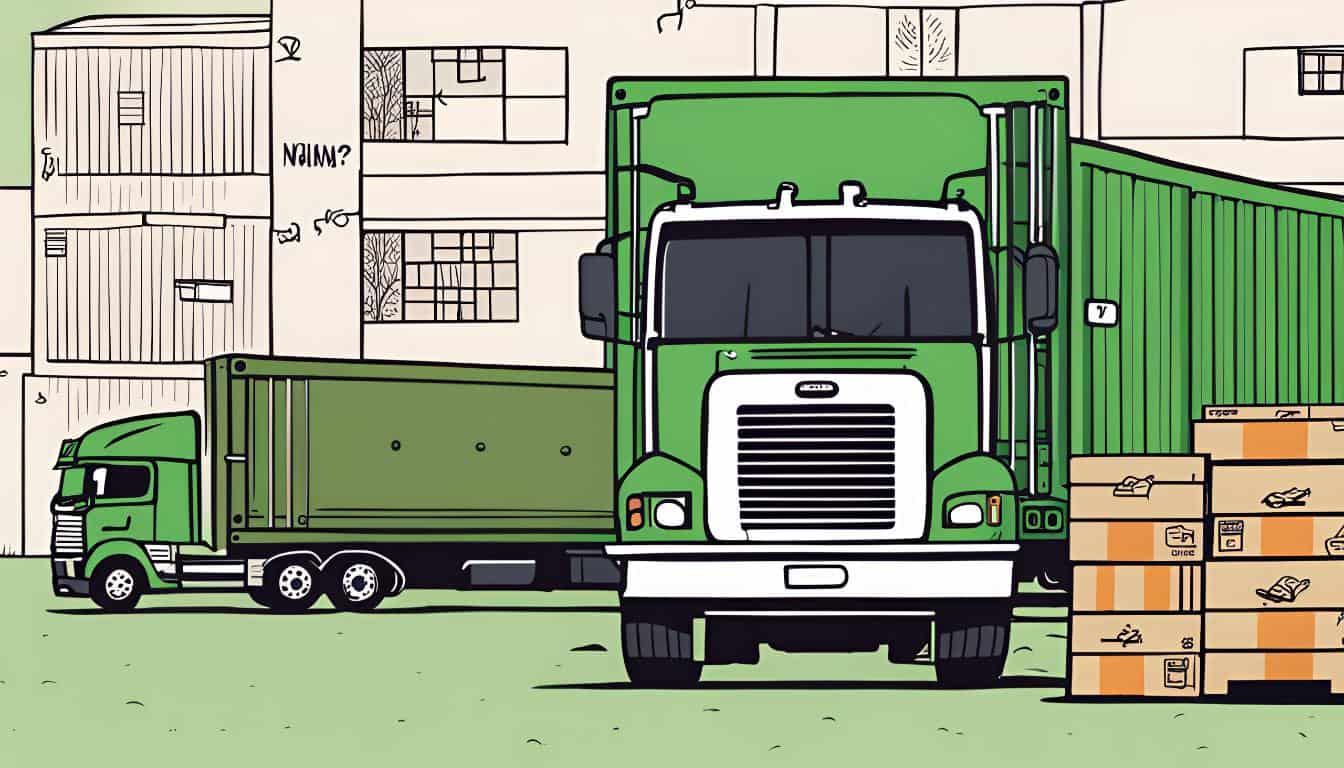Share this
Slotting Fees Ecommerce Businesses Entering Into Physical Retail
by Shipfusion Team on Dec. 26, 2024

For ecommerce businesses venturing into wholesale and B2B relationships, slotting fees can feel like a hurdle, but they’re also an opportunity to secure visibility and build retailer relationships. These fees, charged by retailers for shelf space, are a common but often misunderstood aspect of wholesale contracts. Understanding slotting fees—and approaching them strategically—can help ecommerce brands grow their retail presence without unnecessary financial strain.
What Are Slotting Fees?
Slotting fees are payments manufacturers make to retailers in exchange for prime shelf space or product placement. For retailers, these fees offset the costs of onboarding new products and managing inventory. For businesses, slotting fees can be a critical factor in gaining visibility within a retailer’s ecosystem, whether on physical shelves or digital platforms.
The value of slotting fees often depends on placement: high-traffic areas such as end caps or eye-level shelves command higher fees due to their impact on sales. While these costs may seem steep, they provide brands with the opportunity to stand out in crowded retail environments, which can drive consumer awareness and brand recognition.
Why Retailers Charge Slotting Fees
Retailers operate in a competitive, high-risk environment where shelf space is a valuable commodity. Slotting fees help them:
- Offset Risks: Onboarding a new product involves risk. Slotting fees act as a commitment from manufacturers, showing confidence in their product's market potential.
- Optimize Shelf Space: With limited space, retailers prioritize products that demonstrate potential for strong performance. Slotting fees encourage businesses to focus on delivering high-demand, high-quality goods.
- Generate Revenue: Beyond offsetting risk, slotting fees create an additional revenue stream for retailers, funding marketing, operational improvements, and enhanced store layouts.
For ecommerce businesses entering wholesale, understanding these motivations is key to negotiating fair agreements that align with their growth objectives.
How Slotting Fees Influence Retail Ecosystems
Slotting fees don’t just affect manufacturers and retailers—they shape the entire retail landscape, influencing pricing, competition, and consumer choice.
Impact on Pricing
Slotting fees are often factored into product prices, meaning consumers indirectly bear some of the cost. For manufacturers, maintaining competitive pricing while covering these fees requires careful financial planning.
Influence on Competition
Smaller brands sometimes perceive slotting fees as a barrier to entry. However, niche products and creative strategies can help level the playing field, allowing even emerging brands to secure shelf space.
Consumer Perception
Shelf placement plays a significant role in consumer behavior. Products positioned in high-visibility areas often appear more trustworthy or higher in quality, reinforcing the importance of strategic slotting fee investments.
The Benefits of Slotting Fees for Ecommerce Businesses
While slotting fees represent a cost, they also offer tangible advantages that can drive long-term success in wholesale relationships.
1. Prime Shelf Placement
Securing prime shelf space, such as eye-level shelves or end caps, increases product visibility and sales potential. Consumers are more likely to purchase items they notice first, making these placements valuable for new brands looking to establish themselves in retail.
2. Increased Brand Awareness
High-visibility placements supported by slotting fees position your product front and center, helping you stand out in crowded aisles. Over time, this exposure fosters brand familiarity and trust, encouraging repeat purchases and long-term customer loyalty.
3. Stronger Retailer Relationships
Paying slotting fees demonstrates commitment to your retail partners and their success. This can lead to better collaboration, such as co-branded marketing campaigns or expanded shelf space for future product lines.
Challenges Ecommerce Businesses Face with Slotting Fees
Although slotting fees provide advantages, they can also create challenges, particularly for smaller ecommerce brands with limited budgets.
High Costs for Premium Placement
Retailers often demand significant fees for prime locations, making it difficult for smaller businesses to compete with larger brands.
Lack of Negotiation Leverage
Without a proven retail track record, newer brands may struggle to negotiate favorable terms, leading to higher upfront costs.
Unclear ROI
The return on investment for slotting fees isn’t guaranteed. A product’s performance depends on many factors, including demand, competition, and marketing support.
How to Approach Slotting Fees Strategically
Ecommerce businesses can mitigate the challenges of slotting fees by adopting a strategic approach:
1. Research Retailer Policies
Before entering negotiations, understand the retailer’s specific slotting fee requirements. Some may offer flexibility for unique or niche products, while others maintain rigid fee structures.
2. Focus on Differentiation
Retailers prioritize products that stand out. Emphasize what makes your product unique—whether it’s innovative packaging, a sustainable production process, or a strong existing customer base.
3. Leverage Data
Provide evidence of your product’s market potential, such as sales performance, customer reviews, or industry trends. Demonstrating demand can strengthen your negotiation position.
4. Negotiate Performance-Based Fees
Instead of agreeing to a flat fee, propose performance-based terms. For example, fees could be tied to product sales or promotional campaigns, aligning costs with actual results.
5. Explore Alternative Channels
If slotting fees are prohibitively expensive, consider alternative ways to build your brand. Partnering with online retailers or focusing on direct-to-consumer channels like ecommerce platforms and social commerce platforms can help you grow without the high costs of physical shelf space.
Shipfusion Handles Fulfillment So You Can Strategize Slotting Fees
Slotting fees may seem daunting, but with a clear strategy, they can serve as a powerful tool for ecommerce businesses entering wholesale. By understanding how slotting fees work and negotiating terms that align with your goals, you can secure prime retail placement, increase brand visibility, and build lasting retailer relationships. Shipfusion is here to support your wholesale growth with end-to-end logistics solutions that ensure your products are always ready for retail success.
Contact us today to see how we can help streamline your supply chain and maximize your retail opportunities.
Share this
You May Also Like
These Related Articles

What to Know Before Working with a B2B Shipping Company

How to Manage Palletized Freight with Maximum Efficiency

What Does Freight Mean, Really?
- April 2025 (18)
- March 2025 (26)
- February 2025 (26)
- January 2025 (37)
- December 2024 (16)
- November 2024 (23)
- October 2024 (22)
- September 2024 (27)
- August 2024 (9)
- July 2024 (8)
- June 2024 (5)
- May 2024 (8)
- April 2024 (8)
- March 2024 (6)
- February 2024 (6)
- January 2024 (5)
- December 2023 (3)
- November 2023 (3)
- October 2023 (5)
- September 2023 (4)
- August 2023 (2)
- July 2023 (1)
- June 2023 (4)
- March 2023 (2)
- October 2022 (1)
- September 2022 (5)
- August 2022 (4)
- July 2022 (7)
- June 2022 (4)
- May 2022 (4)
- April 2022 (6)
- March 2022 (2)
- February 2022 (1)
- January 2022 (3)
- December 2021 (2)
- November 2021 (4)
- October 2021 (2)
- September 2021 (5)
- August 2021 (4)
- July 2021 (4)
- June 2021 (3)
- May 2021 (2)
- April 2021 (3)
- March 2021 (3)
- February 2021 (3)
- January 2021 (2)
- December 2020 (4)
- November 2020 (2)
- October 2020 (4)
- September 2020 (2)
- July 2020 (5)
- June 2020 (4)
- May 2020 (2)
- April 2020 (2)
- March 2020 (4)
- February 2020 (1)
- December 2019 (1)
- May 2018 (1)
- March 2018 (2)
- February 2018 (3)
- January 2018 (3)
- November 2017 (3)
- July 2017 (4)
- March 2017 (3)
- February 2017 (5)
- January 2017 (3)
- December 2016 (4)
- November 2016 (6)
- October 2016 (6)
- October 2015 (1)
- September 2015 (1)
- June 2015 (3)
- May 2015 (3)
- August 2014 (1)
- July 2014 (1)
- March 2014 (1)
- February 2014 (1)